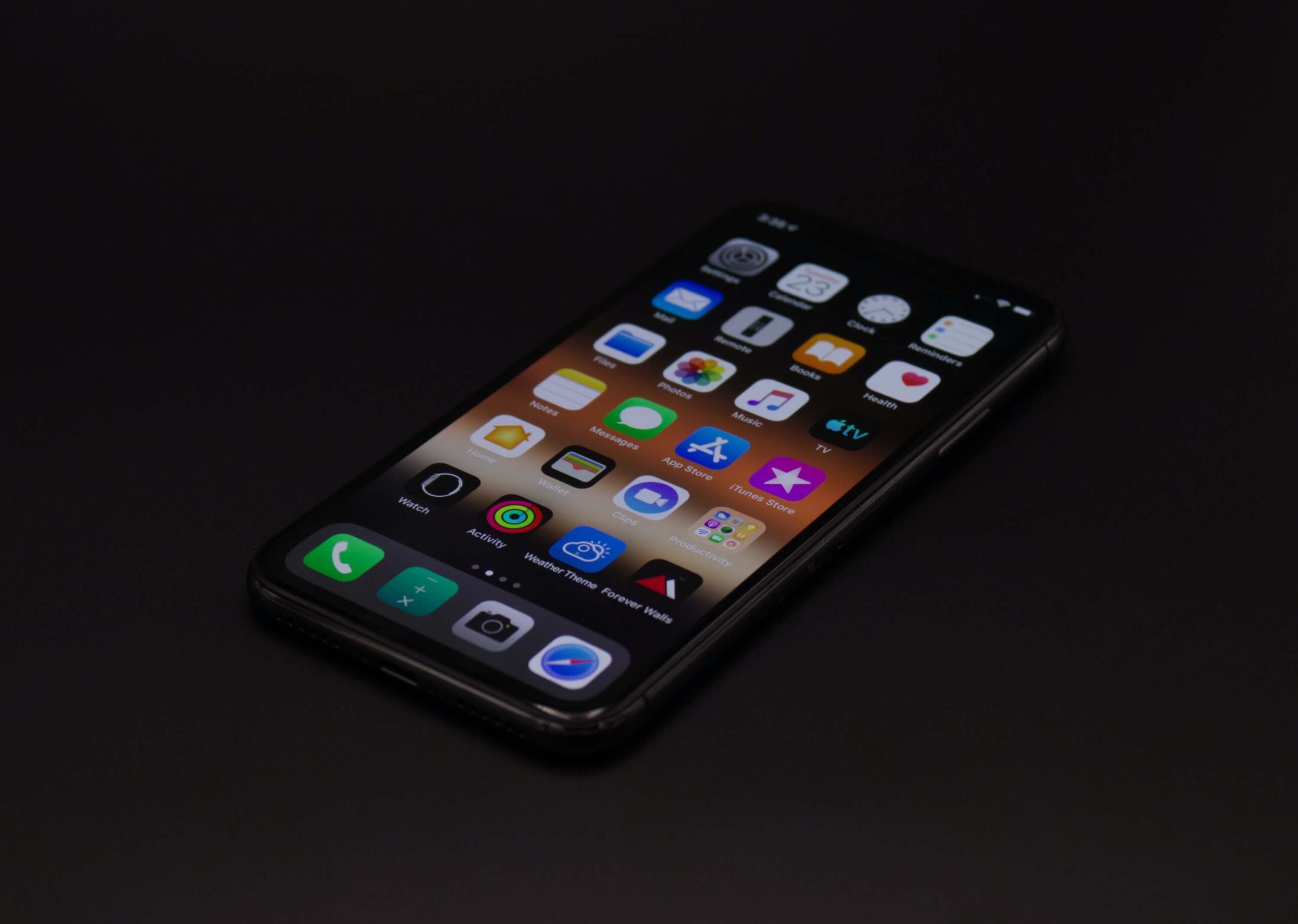
Screen time and blue light are words you might have heard before but you’re not quite sure what they mean. In this blog we seek out the answer to how screen time affects our mood and why blue light has become our biggest enemy.
Screen time is a term often used when describing the allotted time we give to our electronics. Whether you are watching television, working on a laptop or computer. Or even playing video games, it all adds up to screen time. Naturally, it is a very sedentary activity that does not require much physical movement, using little energy.
A lot of mobile devices will let you know how much screen time you wrack up. For example, iPhone users can access real-time reports showing users how much screen time they have used. This can be changed to daily or weekly. Such reports can even go deeper, splitting the apps in a person’s phone into categories such as Entertainment, or Education. These reports are created to make users aware of how much time they are spending on their devices. They are also useful if you would like to know which app peaks your attention the most.
Technology is everywhere. Screens have become daily essentials. From the phones in our pockets to the smart watches on our wrists. Some people work eight hours a day in front of a computer screen just to go home and watch television. The presence of technology can be felt universally. However, it does not always have to be a bad thing. As the reports break down usage into categories it is plain to see that not all screen time is used ineffectively. There is a lot of good that comes from technology too! Reading the daily news on your phone. Checking your daily steps on your wrist. Listening to a mindfulness podcast before sleeping. There are many ways that technology can help to enhance our lives. However, the problem of technology might not stem from screen time itself. But what the screen emits and the effect that it has on us.
Blue light is what electronic screens produce. The light is made of electromagnetic radiation, an invisible form of energy that heavily influences our alertness, hormone production and sleep cycles. Alternatively, a sleep cycle can be referred to as a ‘circadian rhythm’. This is the natural twenty-four-hour cycle that is aligned with sunrise and sunset. This rhythm is what has allowed our bodies to function the way they do since the beginning of human history.
Due to the parts of our brain feeling awake and energised at night, our mood the next day can be seriously impacted. Despite our bodies being tired the blue light can trick our minds. It prompts us to watch one more episode. To play one more game. Or finish reading one last chapter on our tablet. Consequently, our mood is negatively affected when we wake up. “For most adults, at least seven hours of sleep each night is needed for proper cognitive and behavioral functions. An insufficient amount of sleep can lead to serious repercussions. Some studies have shown sleep deprivation leaves people vulnerable to attention lapses, reduced cognition, delayed reactions, and mood shifts.”
These mood shifts include feeling a lot more angry, frustrated, and irritable at the smallest occurrences. Mistakes are made a lot more frequently, and it can even increase sadness levels. Additionally, our mood also can affect how well we sleep, continuing the cycle. Agitation levels keep our body awake and stress makes it so that we find it harder to switch our brains off. If this continues, tiredness can very quickly lead to exhaustion, sleep deprivation, and burn out. In worse case scenarios, long term sleep deficiency can increase the risk of chronic health problems such as diabetes and heart disease.
When trying to make positive changes to your sleep a lot of the advice is rooted around creating a sleep schedule and sticking to it. Although, that can be a very effective way to improve sleep, the problem lies within the little device in your hand. The only way a sleep schedule or bedtime ritual can be stuck to is if we decrease our exposure to blue light as we descend into the night. Luckily, a lot of this can be done using the devices themselves!
Screen time and the presence of technology are not always negative, especially if we are aware of their impact on our lives. It can bring us closer together. Make us more aware of the world around us and teach us many things. It just depends on how much rule it has over our lives. Evidently, it is possible for health and technology to work together, smart active watches are proof of this. If you are looking for more ways you can improve your sleep, visit our blog on The positive impact of sleep on our mental and physical health. With this newfound knowledge of the effects of blue light, the journey towards a healthy sleep pattern is more than attainable.
At Northern Healthcare, our enhanced supported living services offer 24-hour support, 7 days a week. Our teams made up of Mental Health Support Workers and Occupational Therapists encourage residents to live healthy lives as independently as possible. This support may include collaborating to create wellness routines and sleep schedules to help promote a healthy lifestyle alongside recovery. Find out more about our bespoke Support Model here.